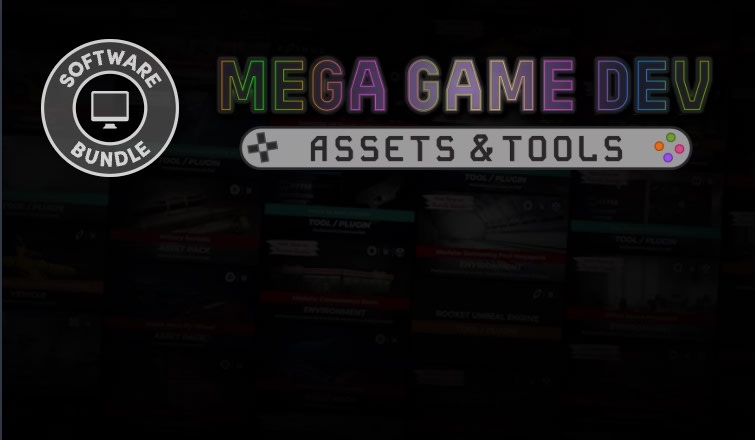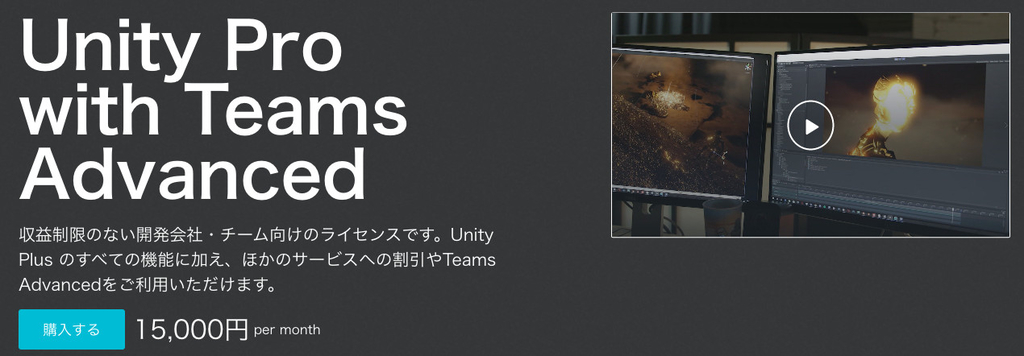
A flexible library that lets programmers rapidly develop pathfinding algorithms for custom path graphs (network of nodes and edges).Compatible with Unity 2021.2.7.Backwards compatible with Unity 2019.3.10.EmpirePathfinding is a flexible library that solves the use-case problem: as a programmer, I want to rapidly develop a pathfinding algorithm for my custom path graph (network of nodes and edges).If you have a complicated network/graph, and you are struggling with the limitations of other pathfinders, then this pathfinder is for you! It is designed to be flexible enough for any graph, to offer a unified solution for pathfinding.Performance is a secondary focus. For more information, see the Technical details section.FeaturesCapable of A* and Dijkstra pathfinding.Specify how the pathfinder should navigate your graph. Provide a set of neighbouring nodes that are adjacent to the current node being searched.Documentation3 tutorials (written documentation)Online DocumentationOnline Scripting API Reference7 demo scenesGraphsCompatible with Unity's Tilemaps, including rectangular, hexagonal, and isometric.Compatible with many kinds of custom graphs, for example, 3D voxels, city maps, nav meshes (but not Unity's built-in NavMesh).CustomisableWhen the pathfinder finds the goal, you can specify what to collect from the final path of temporary node objects. For example, you could collect a list of edges in the graph network instead of a list of nodes.Specify edge weight (cost). For example, mud slows the player/character/agent down.Specify the A* heuristic (estimated distance cost from current node to the goal). For example, given a 2D grid of squares, you can make the path have a staircase shape or a big L shape by changing the heuristic.Store custom data with each node and/or edge that was searched. For example, in a TBS game like Civilization, given the pathfinder is searching for a path that the selected land unit would take, if the pathfinder reaches this tile (node), then the land unit will board a transport ship.Access the set of explored nodes. For example, for a turn-based strategy game like Civilization, you could show all the tiles that the selected unit can reach this turn.Opportunities for your own optimisation. Specify the IDictionary collection that stores the nodes that the pathfinder has searched. For example, you can optimise it for a 2D grid of squares by using a quadtree structure.Optionally allow the pathfinder to re-explore the previous node that led to the current node.MultithreadingMultithreading circumvents blocking (synchronous) calls, thus your game's framerate will not drop.Tasksasync/awaitDispatch callbacks back to the main Unity thread (for calling Unity API methods).Few DependenciesEmpirePathfinding is a C# library.The Core module is not coupled to Unity (it can be used in non-Unity C# projects).The Core module requires .NET 4.6 and C# 7.3.CompatibilityCompatible with Unity 2021.2.7.Backwards compatible with Unity 2019.3.10.PerformancePerformance is a secondary focus (the primary focus is flexibility). There are opportunities for you to manually optimise for performance. If necessary, you could manually translate/port the library implementation into a more efficient language like C++, once you have decided on the behaviour your pathfinder needs. If EmpirePathfinding gains enough traction, we will release a C++ module as an alternative to C#, which does not suffer the same downsides as C# (memory allocation, indirection).Third Party NoticesThe EmpirePathfinding package is governed by the Unity Asset Store EULA.However, some components included in the package have different licenses. See ThirdPartyNotices.txt for more details.EmiprePathfinding uses MoreLinq under Apache 2.0.MoreLinq uses code under MIT.







